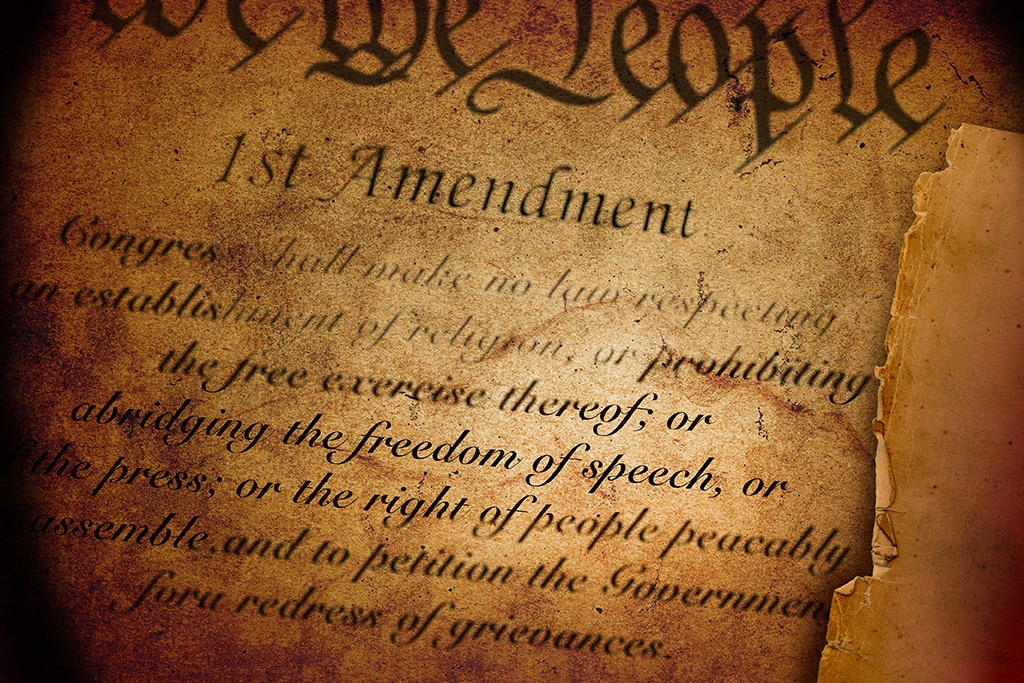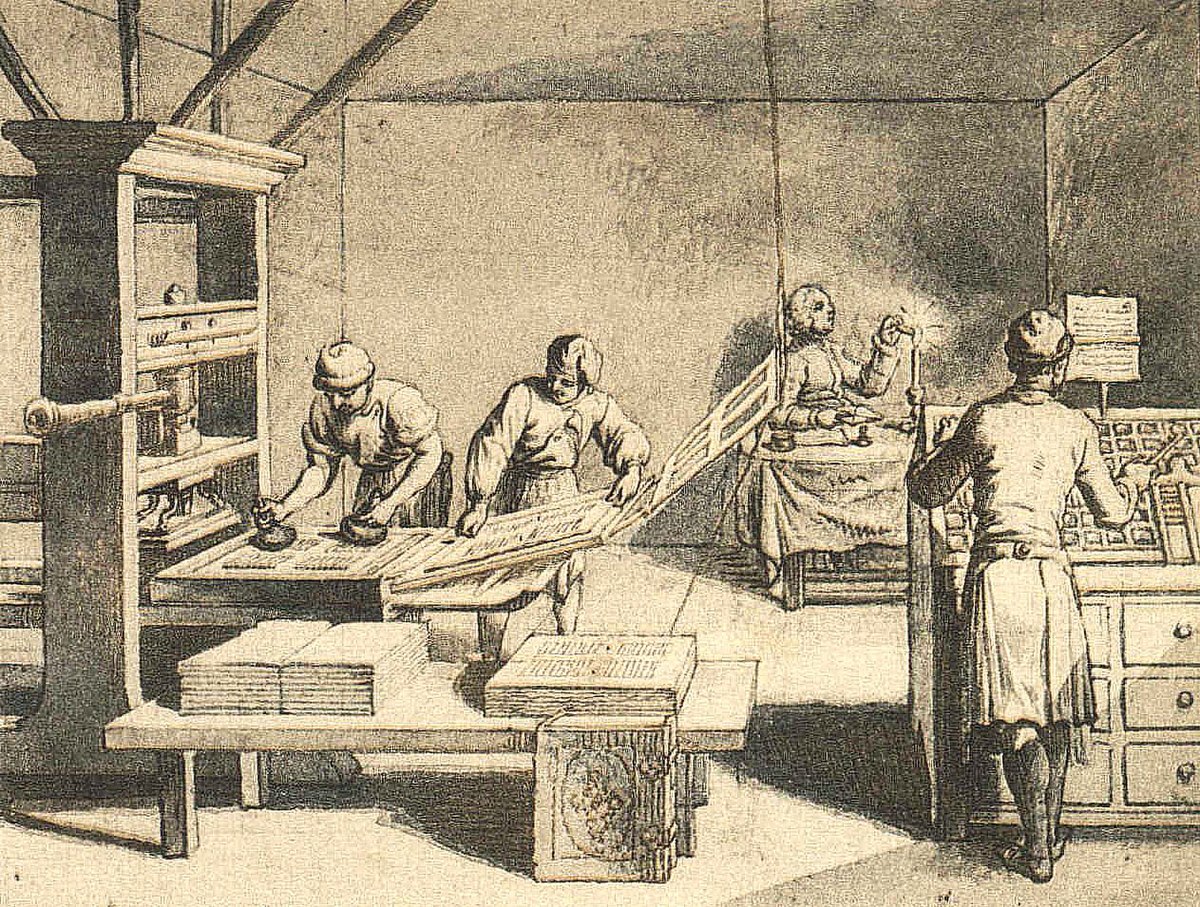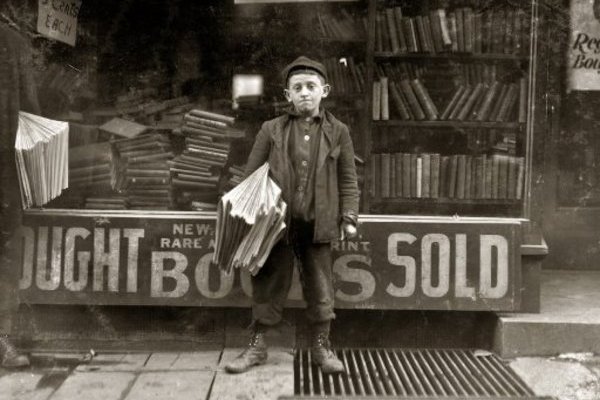Over the past 6 weeks, we have gone over a lot with Professor Dean. Smith. We have a lot to cover, with classes being held once a week during our limited meeting times.
Week 1 We were taught about the clause of freedom
It entails six clauses, aka our First Amendment rights. Also, we learned about the importance of journalism to society.
Form own Religion
Freedom of Religion
Freedom of Speech
Freedom of the Press
Right to Peacefully Assemble
Right to Petition and Protest the Government
Journalists are seen as watchdogs, and our job is to report to the public what is happening in our government. It is not the press's job to keep the government secrets, but it is our job to reveal them.
Week 2 The History of Journalism from Partisan Press to Penny Press
The three significant eras of Journalism history:
Colonial Press Era: The beginning of the newspaper
Begun in 1690 and ended in 1776.
In the year 1690, the first newspaper was produced, but under British rule, it did not last long due to criticism of British Rule. Over time, publishers realized the only way to stay in business was to write highly of the British government or hint at words of Independence from their rule. Later, as everything evolved, the mechanical press was made so that they could swiftly print multiple pages. In 1776, they could openly criticize the government because of the Declaration of Independence.
Partisan Press Era: News stations publicly claimed who they supported
This Era was from 1789 to 1833.
During this time, America was independent and formed the Constitution and Bill Of Rights. Newspapers were starting a new age of free press until the 1798 Sedation Act. This made it a crime to criticize the government, but in 1880, Thomas Jefferson became president and killed the Sedation Act. 1823 and 1833 were the height of the era when the steam power press was made, so we were producing newspapers at a faster rate, and they could reduce the selling price while selling more papers
Penny Press Era:
Taking place from 1835 to the current day.
During this time, journalism started the rise of news empires and influenced government politicians. We also gained more news sections, such as soft features and human interest stories. Another significant invention was the telegraph, allowing people to receive news the same day it happened; unlike before, people had to wait days to weeks for the newspaper to reach them. The next improvement was in 1848 with the Half Tone photo, which transferred pictures to newspapers and became the birth of photojournalism. 1851, the start of one of the largest news empires, the New York Times. They began the objective standards where news companies don't take political sides but report everything without opinion. Then, from 1861 to 1865, modern news started during the Civil War.
Week 3: Combination of Journalism and Law class
This class was bringing the law into journalism while talking about essential terms and bias vs. unbiased news reporting.
Overall, the first half of the semester of the History of Journalism has been an eye-opener to see where we started and how news has expanded.





No comments:
Post a Comment